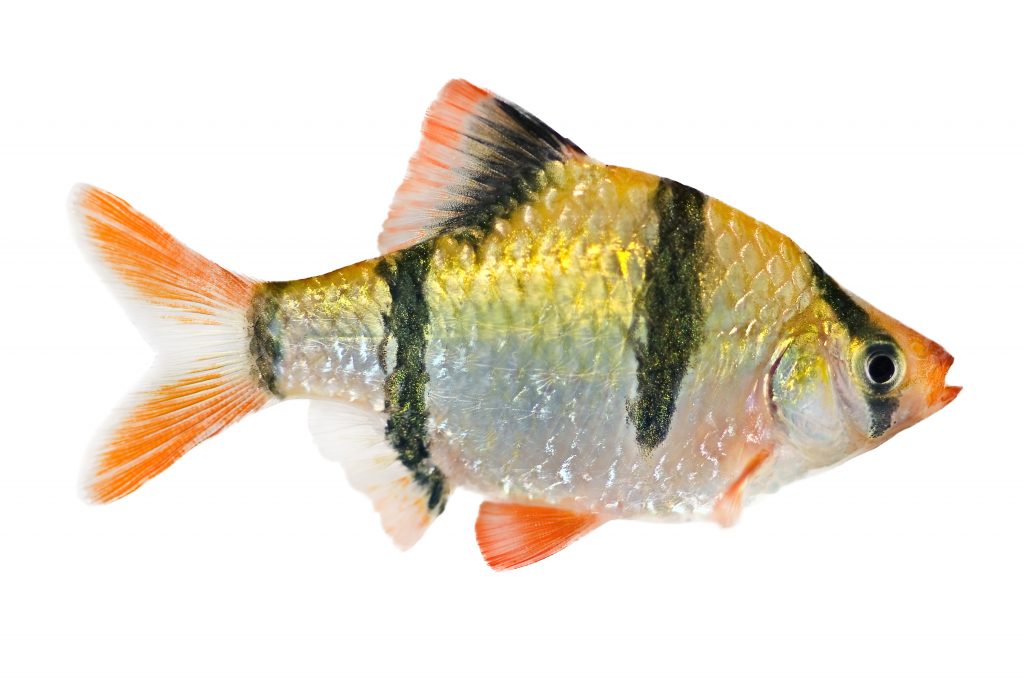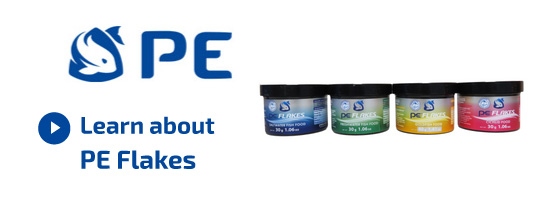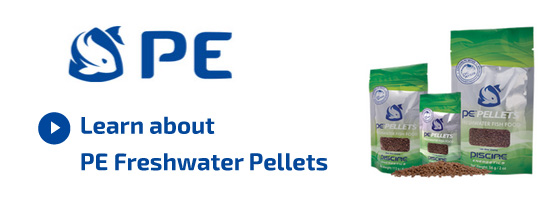Barbs Species
Barbs
Barbs are a highly diverse family, with members that can be found throughout the world. However, most of the species common in the aquarium trade hail from Southeast Asia, India and Africa. Barbs are members of the Cyprinid family and have characteristic barbels around their mouth, giving rise to their colloquial name, Barb. This family is well suited to captivity, with many species being farmed for the aquarium trade.
The Tiger Barb (Puntius tetrazona) is one of the most commonly sold species of barb. Other common species include Cherry Barb (Puntius titteya), Rosy Barb (Puntius conchonius), Tinfoil Barb (Barbus schwanefeldi) and the Panda Barb (Puntius fasciatus).
Biology
Barbs can be found throughout the world, though many of the aquarium species come from Asia, India and Africa. Barbs are egg layers that will spawn often spawn first thing in the morning, depositing their eggs on vegetation, driftwood or rocks.
Captive Care
Barbs can make great aquarium inhabitants, provided their husbandry needs such as diet, water quality and tank space are met. Many species of barbs, such as the Tiger Barb have a reputation for being somewhat boisterous or slightly aggressive, so it is best to keep them with fish of similar temperaments. Barbs do well in schools of their own species, it is advisable to keep them in groups of size or more. In species such as Cherry Barbs, where the sexes can be visually determined, it is often a good idea to keep more females than males.
Most barbs prefer a temperature range of 72F (22C) to 78F (25C). Most species of barbs will breed in captivity, and for this reason many of the barbs available on the market are commercially aquacultured.
It is important to consider carefully what species of cory may be best for your aquarium. While smaller species such as the Cherry Barb (Puntius titteya) are suited to tanks as small as five gallons, larger species such as the Tinfoil Barb (Barbus schwanefeldi) may be better suited to a larger tank.
Suggested Piscine Energetics Products
We suggest a diet based on Piscine Energetics Frozen Mysis, Piscine Energetics Frozen Calanus, Piscine Energetics Freshwater Pellets (1mm and 2mm) and Piscine Energetics Freshwater Flakes.
What people are saying about PE:
After feeding my seahorses your mysis for about 3 months; they are fat and happy!!! they give me baby seahorses (at least 300 ) each 14 days... So I'm very satisfied of your mysis.The frozen mysis is about 70 per cent of their diet.
Yvan Charbonneau Quebec
I am keeping these Indian mudskippers -- very cute -- about 3-4 inches long. I've been feeding them frozen bloodworm, and decided to try them on mysis. I feed them in a "shallows" in the 150 I have set up for them. The minute the mysis hit the water they were on it, frozen and all. They gorged until their little bellies were almost bursting. I have yet to see an aquatic creature that does not go absolutely nuts over PE Mysis.
David Lass Massachusetts
I picked up my Mysis today and they arrived wonderfully. All the fish I fed them to, absolutely devoured them. They are my Frontosas new favorite food. All my Discus ate them up eagerly...heads and all!! I want to thank you again for your excellent service and product.
Pierre Brenton Nova Scotia
I have a large saltwater aquarium (220 gallons) with very expensive fishes and invertebrates. I tried to feed them with your PE Mysis and they really went crazy about it. Since that time, some of my fishes refuse any other product I offer them!






